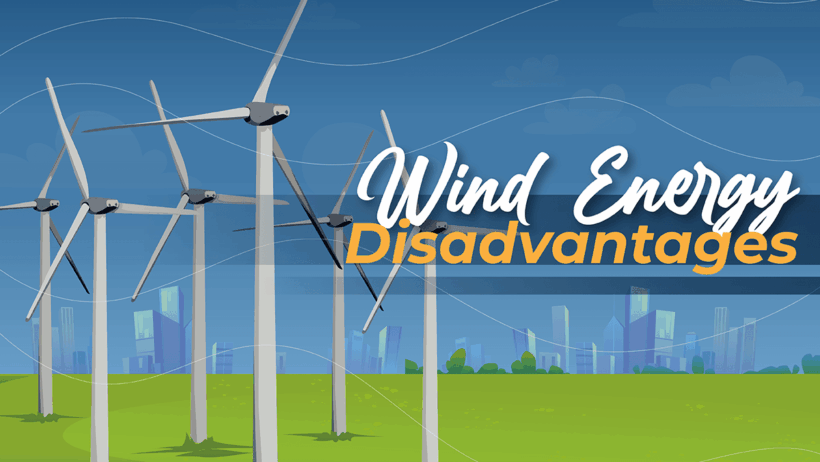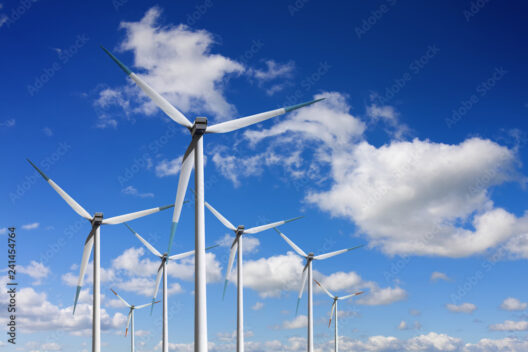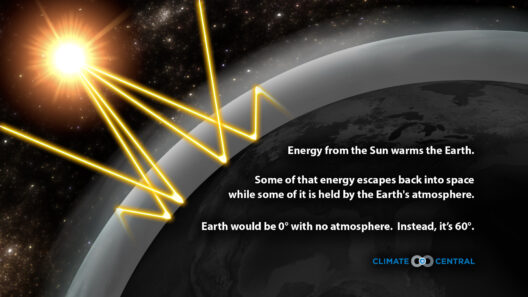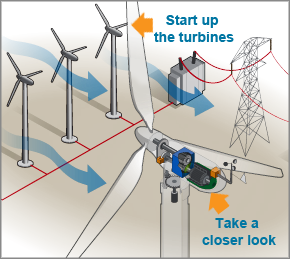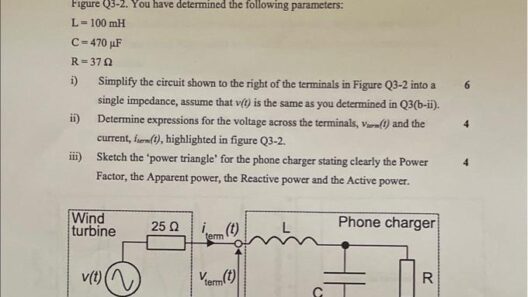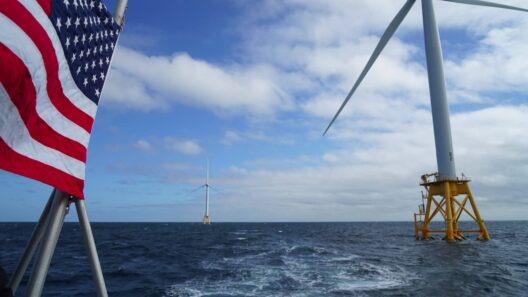The quest for sustainable energy sources has led to the proliferation of wind power as a formidable contender in the global energy landscape. As vast turbines dot the horizon, capturing the power of the breeze, it is imperative to delve into the multifaceted challenges that accompany this seemingly idyllic form of energy generation. While wind energy brings forth an array of advantages, its disadvantages warrant careful consideration, especially as nations pivot toward greener alternatives. Let’s explore the hurdles that wind energy presents, weighing its merits against the challenges it poses.
One of the most salient disadvantages of wind energy lies in its intermittent nature. Unlike fossil fuels, wind energy is not a reliable constant. The availability of wind is subject to the whims of nature; it fluctuates with time, geography, and climatic conditions. This variability necessitates supplementary energy systems, often from non-renewable sources, to fill the gaps when wind conditions are less than favorable. Consequently, the reliance on backup generation can diminish the carbon-saving credentials of wind power and complicate grid management. This inconsistency invites scrutiny, particularly for power consumers who require stability and dependability from their energy providers.
Additionally, the installation of wind turbines brings forth environmental concerns, particularly regarding wildlife. Birds and bats, crucial components of our ecosystems, face dangers from turbine blades, which can pose fatal threats during their migratory paths. This has led to conservation conflicts in various regions, where the desire to harness renewable energy clashes with the imperative to safeguard biodiversity. The cumulative impact of wind farms on local fauna must be understood and managed, as large-scale installations can inadvertently disrupt natural habitats and ecosystems. Thus, while wind energy promotes a reduction in greenhouse gas emissions, its deployment can result in detrimental ecological consequences if not approached cautiously.
Moreover, the aesthetic implications of wind turbine installation cannot be overlooked. The towering structures, sometimes reaching heights of over 400 feet, can profoundly alter the landscape. For some, the sight of these colossal turbines is an eyesore, detracting from the natural beauty of rural and coastal settings. This contention can spark local opposition and NIMBY (Not In My Backyard) sentiments, where communities resist the establishment of wind farms in their vicinity. The need to balance energy development with local heritage and the already breathtaking scenery presents a significant challenge for policymakers. Public perception, intertwined with aesthetic values, plays a pivotal role in the acceptance and growth of wind energy projects.
In examining the economic aspects, the initial capital investment for wind energy infrastructure can be substantial. The costs associated with turbine manufacturing, installation, and maintenance require a significant financial commitment from stakeholders. Furthermore, funding such ambitious projects can be complex, necessitating both public and private investment. The return on investment can also be uncertain, as the economics of wind energy are closely tied to market prices, technological advancements, and regulatory frameworks. Investors must navigate these multifarious factors, often leading to hesitancy in venturing into wind energy projects when compared to more entrenched energy industries.
Another critical issue pertains to land use and spatial requirements. Wind farms necessitate large expanses of land, often leading to competition with agricultural or residential spaces. This can spark tensions among various land users, as farmers might be reluctant to lease their land for turbine placement. The challenge lies in the careful planning and zoning of wind projects to minimize disruption, while maximizing both the energy output and the associated community benefits. Moreover, the geographical limitations of optimal wind farm locations require careful selection, often warranting extensive studies to ascertain wind patterns and speeds, further complicating project deployment.
Finally, the question of noise pollution cannot be disregarded. While progress has been made in reducing the sound levels emitted by modern wind turbines, they can still create an audible hum or whoosh that some individuals find bothersome. Proximity to residential areas can lead to complaints and disputes, further complicating community relations and permitting processes. This societal impact adds another layer to the challenges faced by wind energy advocates, as they seek to balance the benefits of renewable energy with the legitimate concerns of nearby residents.
In summation, while wind energy symbolizes a promising avenue toward a sustainable future, it is not without its drawbacks. The intermittent nature of wind presents reliability challenges, while ecological, aesthetic, economic, and social considerations must be navigated judiciously. These challenges call for comprehensive planning, community engagement, and innovative technological solutions to ensure that the deployment of wind energy aligns harmoniously with both environmental preservation and public sentiment. As the quest for renewable energy continues, understanding and addressing the disadvantages of wind power will be essential for its role in achieving a balanced and sustainable energy system.


